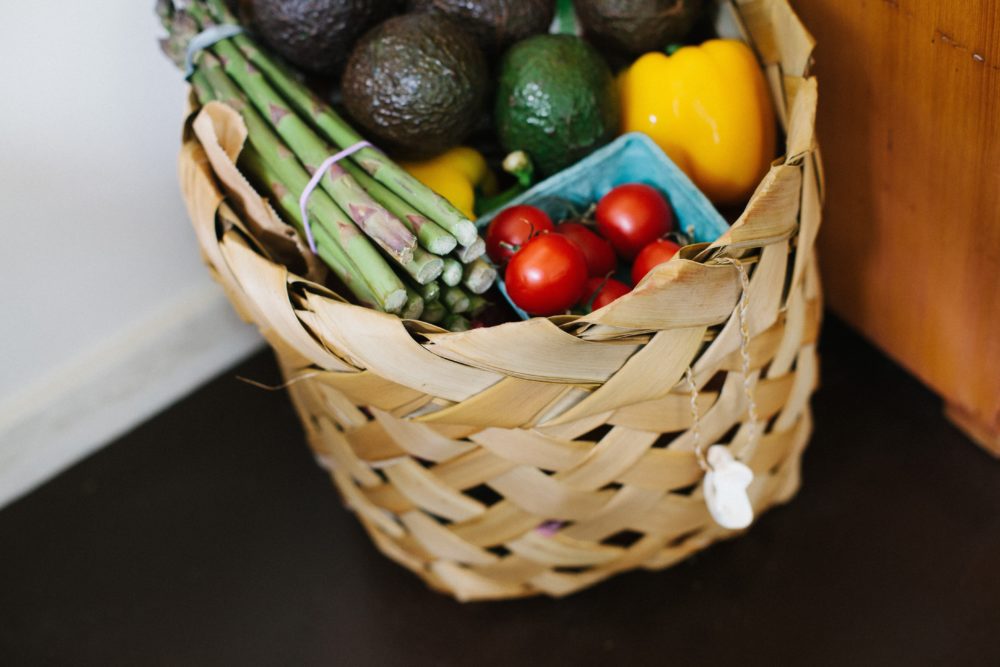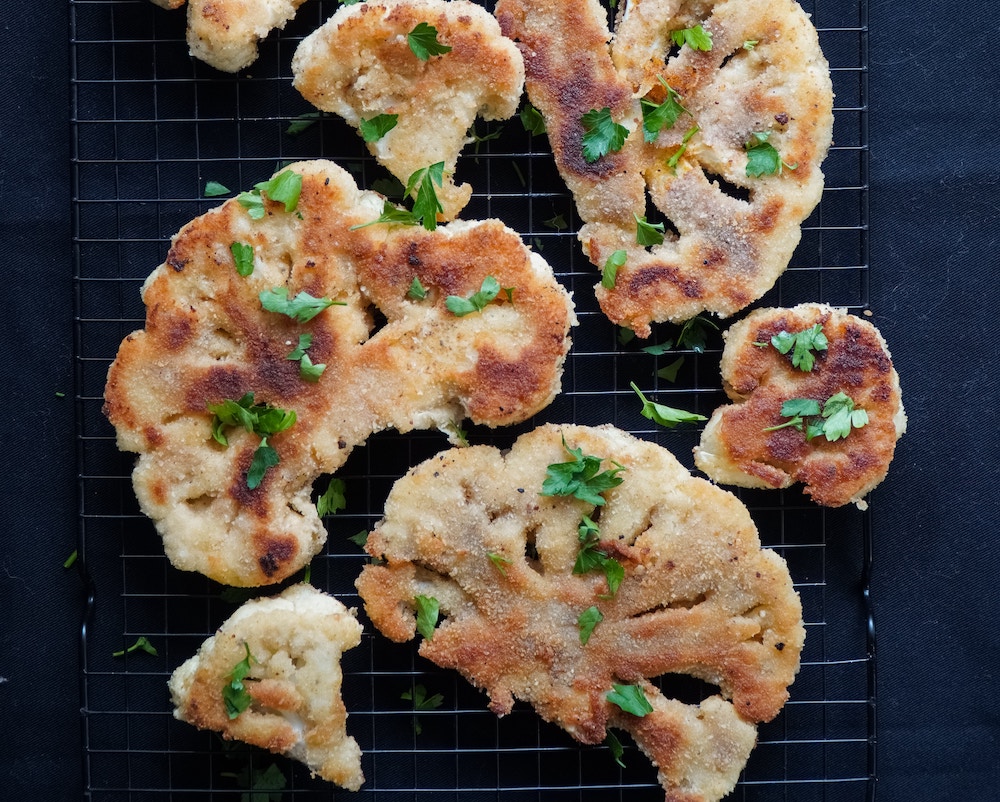Grocery shopping can be a polarizing activity. You either love it or you hate it. People look forward to their weekly grocery trips for many reasons, but among them is the chance to check out new products. For others, weekly food runs can also inspire anxiety and even dread, whether that’s because the experience as a whole is overwhelming or the idea of circling aisles for food is simply really, really boring. I think there’s a third category of people–those who could potentially enjoy grocery shopping but think they’ll spend their entire paycheck in the process.
Food can be expensive, it’s true, but it doesn’t have to be. Over the years, I’ve come to realize that shopping is largely a matter of strategy and priorities. It’s strategic because you have to figure out where your dollar goes the furthest and how to maximize these savings. Prioritizing is of equal importance, mostly because it will determine what types of foods you’re eating and how your meals are composed. Armed with these two ideas, you’ll be more than prepared for some serious savings during your next shopping trip. Here’s how to make it happen.

Make a grocery list before leaving the house.
Duh, right? This should be obvious, and yet many of us arrive at the grocery store with nary an idea of what we plan to purchase. Before leaving for the grocery store, I choose a few recipes that I’d like to make during the week and make a list of the ingredients I need. It’s nothing fancy; I simply use the notepad on my iPhone so I can easily access it in the grocery store. If you want to use old-fashioned pen and paper, go for it. You’ll get the added satisfaction of physically crossing something off a list!
Disregard sales.
So we all know this marketing tactic, and yet it still entices us (and often works). My simple rule of thumb is to disregard sales unless the item being marked down is already on my grocery list. Then it’s a happy bonus! This might be a hard habit to break if you’ve been a sale addict for a while, but I promise it’s worth it. Ignoring sales allows me to focus on the task at hand and effectively prevents me from buying items I don’t want or need.
Be careful when buying from bulk bins.
The bulk section of the grocery store can be enticing because it seems like you’ll be guaranteed a good deal. But often, the cost of, say, a pound of rice is only marginally less than the packaged product. Bulk bins also encourage shoppers to buy more than they need; there is a certain “stock up” mentality that can lead to overspending. When I use bulk bins, I only buy the exact amount of an ingredient I need for a recipe–not an ounce more.For instance, if I’m making a stir-fry and want to top it with 1/4 cup cashews, I buy this exact amount. This ends up costing me much less than if I were to fill up a whole container for future recipes. It might seem silly, but this is an easy way to keep costs down.
Buy conventional produce when you can.
I generally adhere to the dirty dozen guidelines, which identify 12 foods that are likely to contain the most pesticide residue. If my budget allows for it, I buy organic versions of the dirty dozen and conventional for everything else. If that’s too cost prohibitive for you, see if you can purchase your fruits and veggies locally; this can be extremely affordable!
Support local farmer’s market or CSA.
Shopping at farmer’s markets doesn’t just support a thriving local economy. It also helps alleviate climate change by cutting down on transportation costs, reduces packaging waste, and “greens” your local environment. But that’s not all! Farmer’s markets/CSA (community supported agriculture) can be a lot cheaper than buying at the grocery store. Local apples might cost $1 each at the farmer’s market, and $2.99+ per pound at the grocery store–meaning, easily double. This is truly a win-win-win-win. (win?)
Make your grocery basket produce heavy.
Speaking of farmer’s markets, have you noticed how when you shop there your basket (or tote) is full of packaging-less produce, with perhaps a few processed items like local pasta, pesto dips, and “good” bread, to round things out? Then when you shop at the grocery store, that proportion gets reversed. Of course, there is a place and a time for a great vegan cheese and other splurge-y items, but these are by far the most expensive items in your basket. So trim the packaged goodies and add more vegetables and fruits. Your wallet *and* your body will thank you!
Do you have any smart grocery shopping tips?
Also by Molly: Makeover Your Healthy Eating In 2018: 10 New Vegan Food Products To Try
Related: This Zero Waste Grocery Store Proves Package-Free Shopping Can Totally Be A Thing
DoneGood Makes Conscious Shopping Easier & Affordable–So Basically, Fashion Magic
Get more like this—Subscribe to our daily inspirational newsletter for exclusive content!
__
Photo: leonie wise on Unsplash




